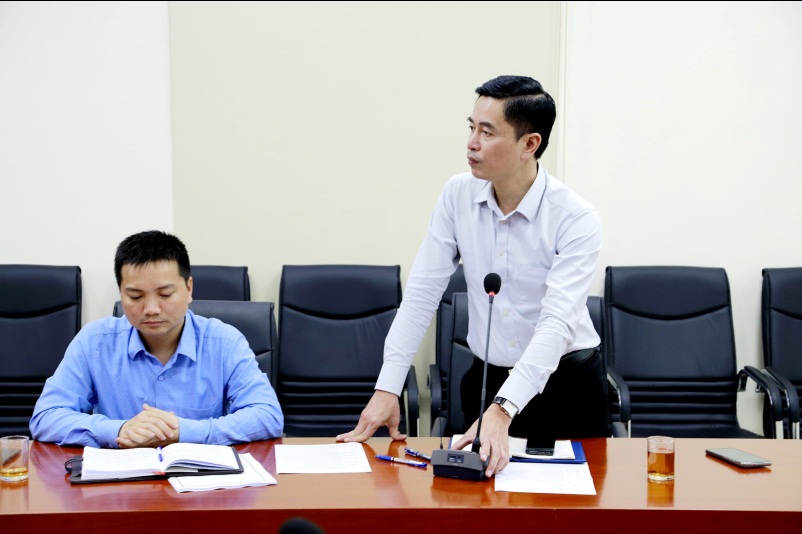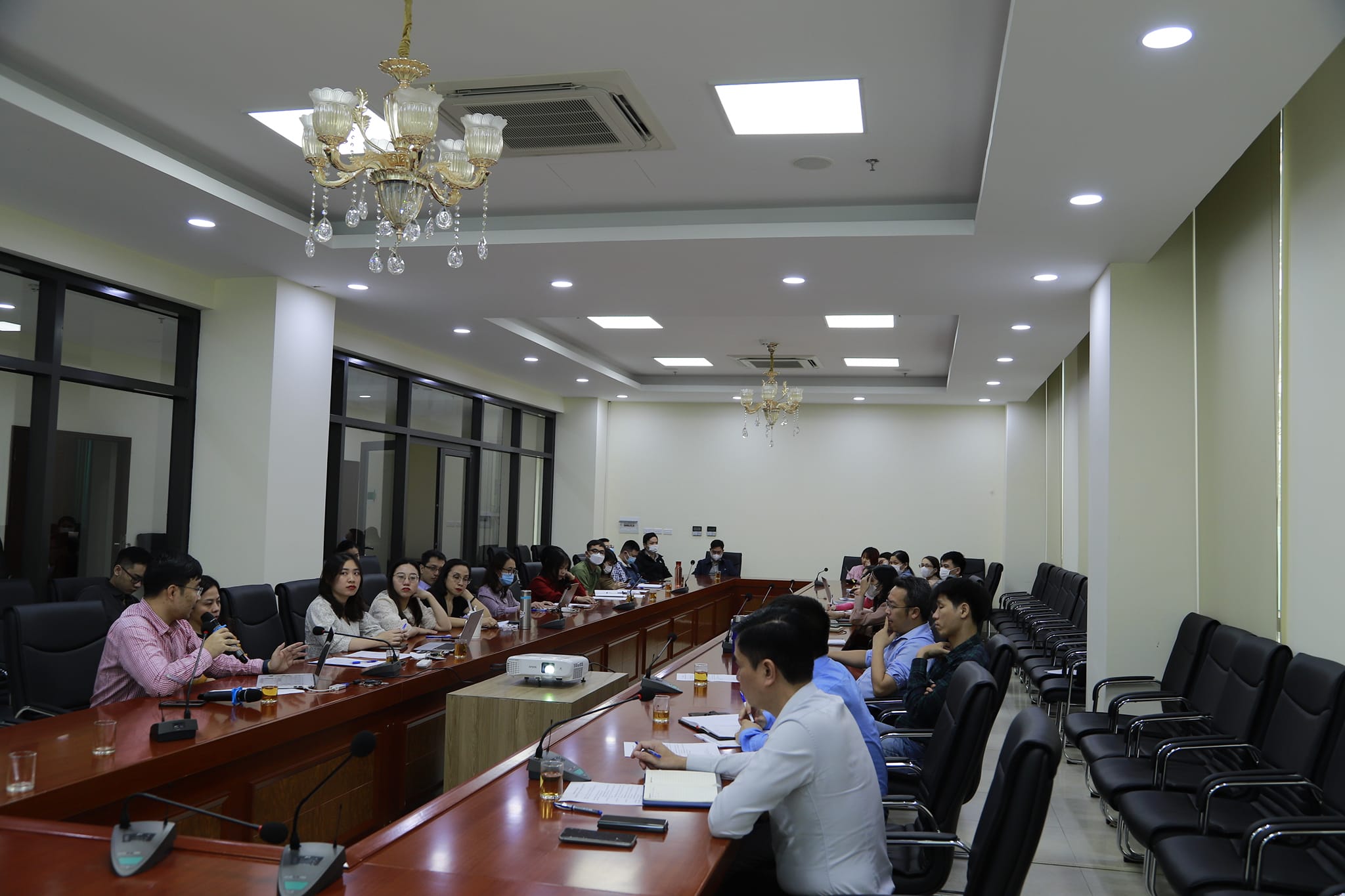
Southeast Asia has been a crossroads of influences between Indian and Chinese civilizations for millennia. The interaction between India and China in Southeast Asia is an issue of interest to scholars to study and discuss. Especially, after India started the Look East policy in the 1990s (transformed into the "Act East" policy in 2014). The launch of China's "Good Neighborhood" policy and the "Belt and Road Initiative" (BRI) has brought China-India relations into the spotlight. Strategic competition between India and China in Southeast Asia is a game of chess. Currently, China has made an expansionary move, and India has made a limited move. This rivalry has divided international relations in Southeast Asia. Neighborhood relations in Southeast Asia (in general) and Indochina (in particular) have been rapidly in a direction not seen since the end of the Cold War. ASEAN diplomacy in the India-China chess game has reflected the capacity of this regional organization, as well as ASEAN's "sickness of resistance" to external factors.
At the Seminar, delegates and attendees listened to 03 presentations: (i) India - China Competition in the Greater Mekong Subregion - Dr. Bui Hai Thiem, Diplomatic Academy of Vietnam; (ii) Strategic position of Southeast Asia in India - China competition - Dr. Dang Thu Thuy, Institute of Indian and Southwest Asian Studies; (iii) India - China Competition in Southeast Asia under Prime Minister Modi - MSc. Nguyen Thu Trang, Institute of Indian and Southwest Asian Studies.
Delegates spoke and presented at the Seminar
In recent years, the Greater Mekong Subregion has seen great competition between India and China. That is due to the interest and benefits of both India and China in this sub-region. While India has prioritized cooperation in tourism, culture, education and transportation, China has more interested in infrastructure, development, manufacturing and economic integration. This competition has a multi-dimensional impact on the whole region, including the cooperation institution led by ASEAN.
Meanwhile, with its important strategic position, Southeast Asia has always been the focus of strategic competition between major countries such as the US-China and also India - China. This competition has impacted ASEAN's interconnectedness through the initiatives of both sides. Strategic competition has evident in economic, trade, investment and security-defence aspects. This situation has contributed to activating the interest of major countries in Southeast Asia, thereby promoting the process of gathering forces and enhancing the presence and participation of major countries in the region. It has also made countries pay more attention to Southeast Asia, typically Australia and Japan.

The Seminar has provided scholars and policymakers to not only study India-China relations as a separate pair but also clarify many aspects of the India-Southeast Asia-China relationship triangle to clarify how tripartite interaction will shape the future of Southeast Asia.
Reporter







